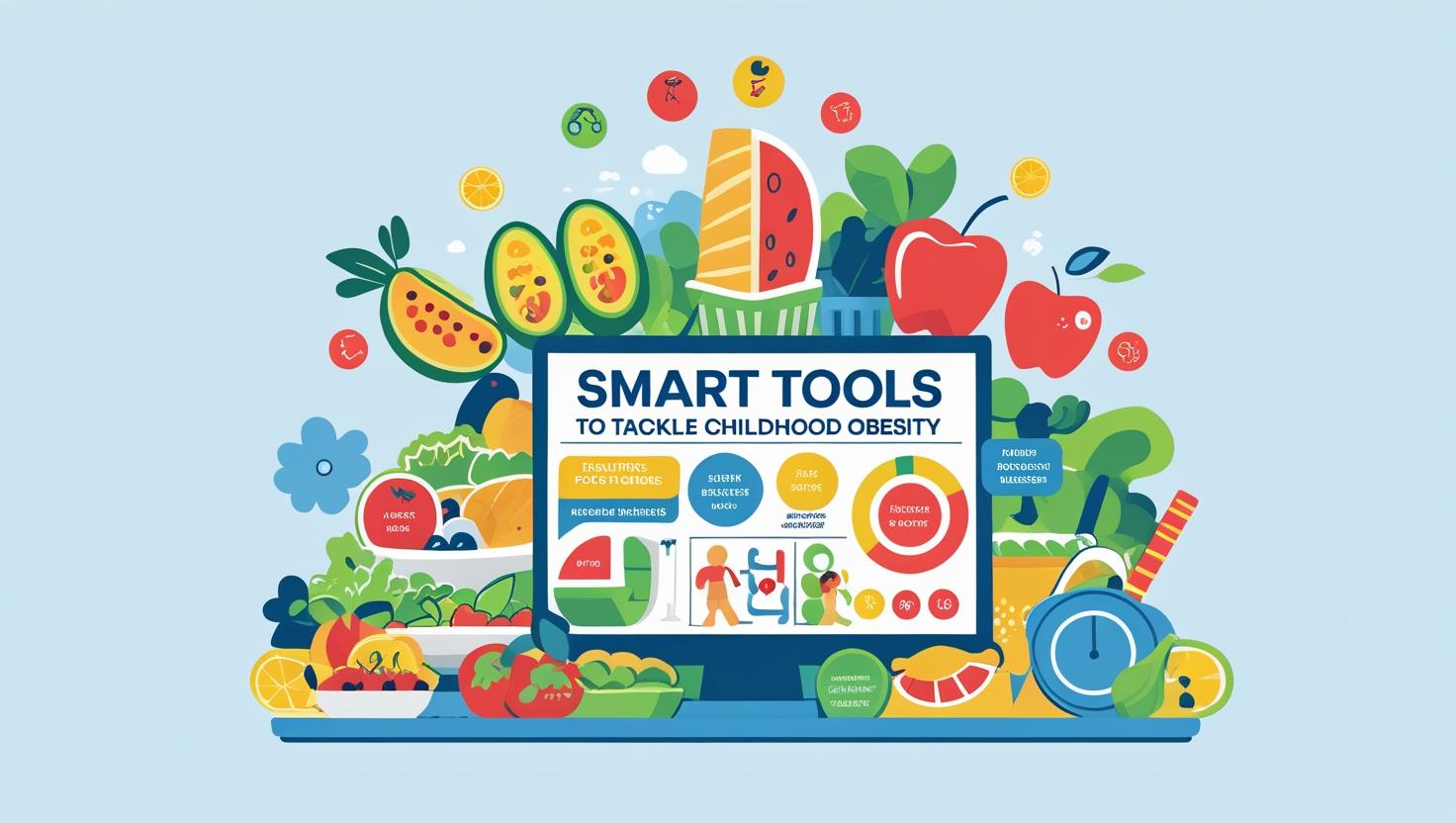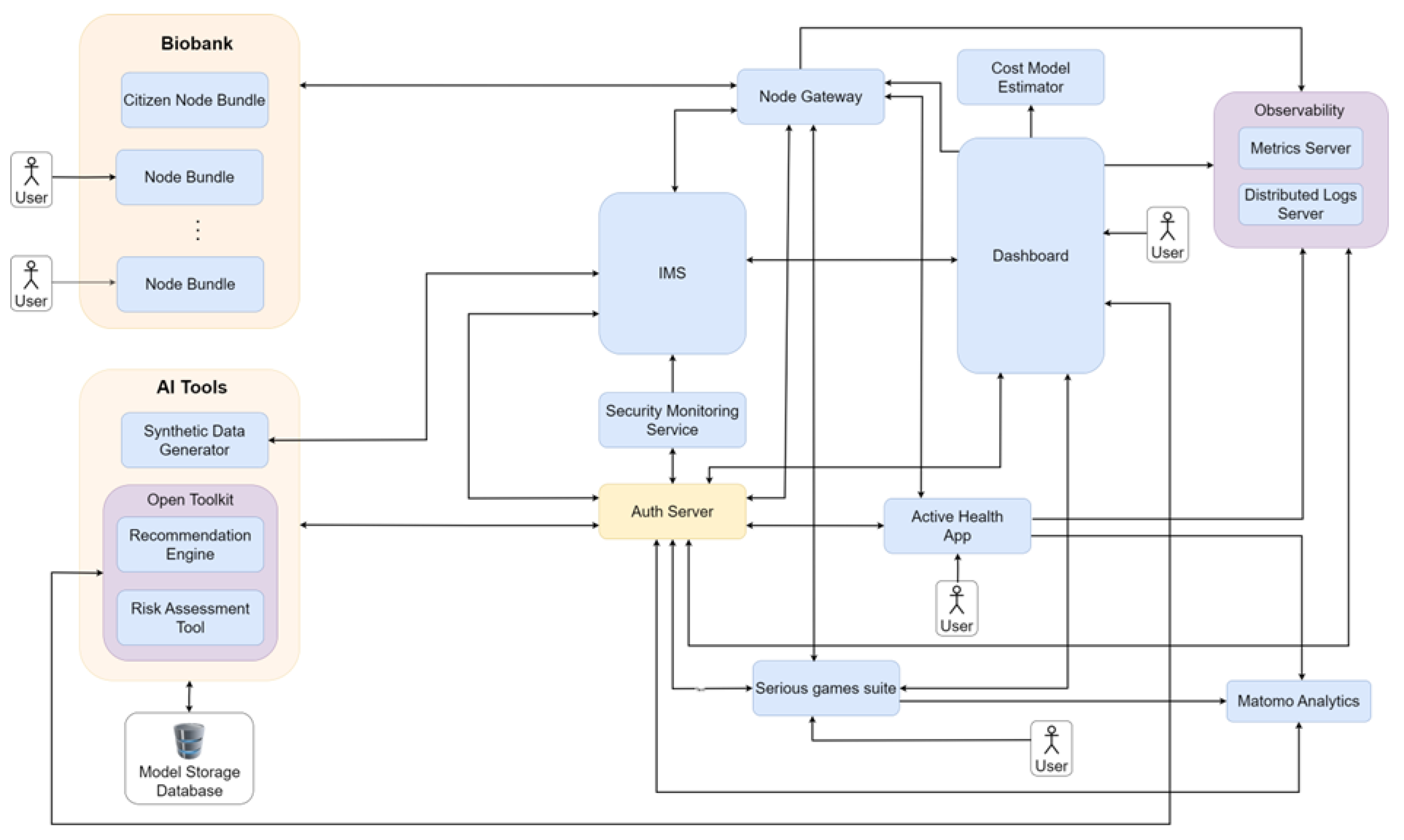
Smart Tools to Tackle Childhood Obesity
Childhood obesity continues to rise worldwide, posing serious health risks that extend into adulthood. A team of European researchers has developed a groundbreaking framework combining technology, education, and medicine to prevent and manage childhood obesity in an engaging and privacy-conscious way.
At the heart of this innovative system lies a federated Biobank architecture that securely collects and stores health and genetic data across decentralized nodes. This ensures strict privacy compliance while enabling advanced analysis of factors contributing to obesity. Through Artificial Intelligence (AI), these data are analyzed to identify health risks and deliver personalized recommendations.
What makes this system stand out is its creative use of “serious games.” These are educational games designed not just for fun, but for behavior change. For example, Food Ninja helps children recognize healthy food groups through interactive play. Food Quiz tests nutrition knowledge, Food Treasure uses Augmented Reality to encourage exploration and learning about food, and Let’s Move gets children physically active through dance and exercise routines. Each game is designed with pediatric consultation to ensure age-appropriate and effective learning.
Parents and healthcare providers are not left out. A dashboard provides real-time insights, visual analytics, and personalized guidance, helping them make informed decisions. A dedicated community hub fosters collaboration, resource sharing, and support between families, educators, and medical professionals.
Importantly, the entire system is designed to be adaptable across cultures and infrastructure levels, making it a globally scalable solution. The project is part of the EU-funded BIO-STREAMS initiative and will soon be tested in schools and clinics through large-scale pilot studies.
This integrated approach—merging AI, Biobanks, gamification, and community support—offers a hopeful, science-backed path to a healthier future for children everywhere.

Adapted from: https://www.mdpi.com/2079-9292/14/10/2053